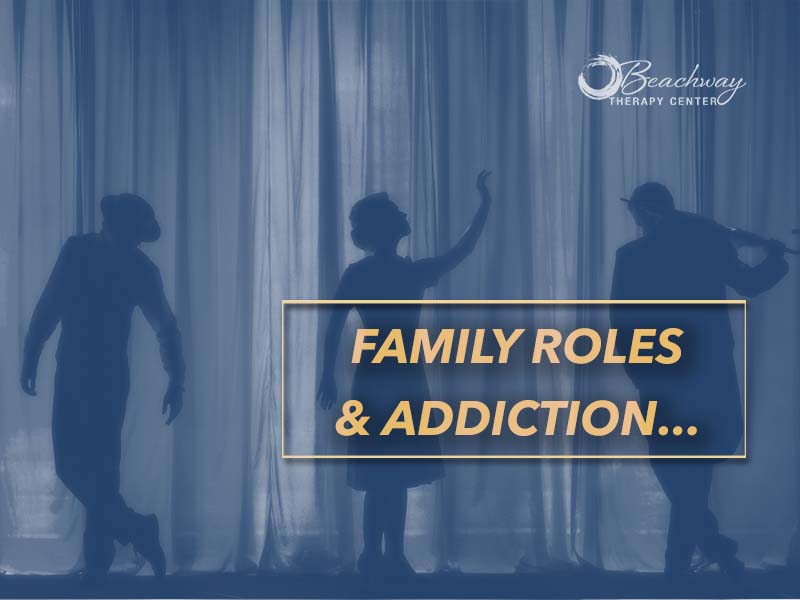
Family Roles & Addiction
Addiction is a family disease. We know that is a challenging statement for some to read. Allow us to explain how each person within the family system plays a role with addiction, and how this might look for the family system. We invite you consider how the family is like that of a mobile that hangs atop of a crib, when one piece is yanked down (E.g., the addict), the remaining pieces go up. Every system (including the family) wishes to return to or be at homeostasis – or stability. When a loved one is in addiction, this ramps up the behaviors of the rest of the family members. Allow us to elaborate.

The Addicted
The Enabler
The Hero
The Scapegoat
The Mascot
The Lost Child

Written by Dina Sagarese-Coleman & Brandon Lutman
Brandon Lutman is a current Florida Atlantic University Graduate Student in the School of Social Work and is a Clinical Social Work Intern. Brandon works for multiple mental health agencies where he provides individual and group therapy. He holds a master’s degree in Criminal Justice from Virginia Commonwealth University and is a former adjunct professor in Criminology at Old Dominion University. He is currently working towards completion of his Certified Addiction Professional (CAP) certification and is undertaking the Certified Clinical Trauma Professional (CCTP) and Certified Complex Trauma Professional (CCTP-II) trainings.


